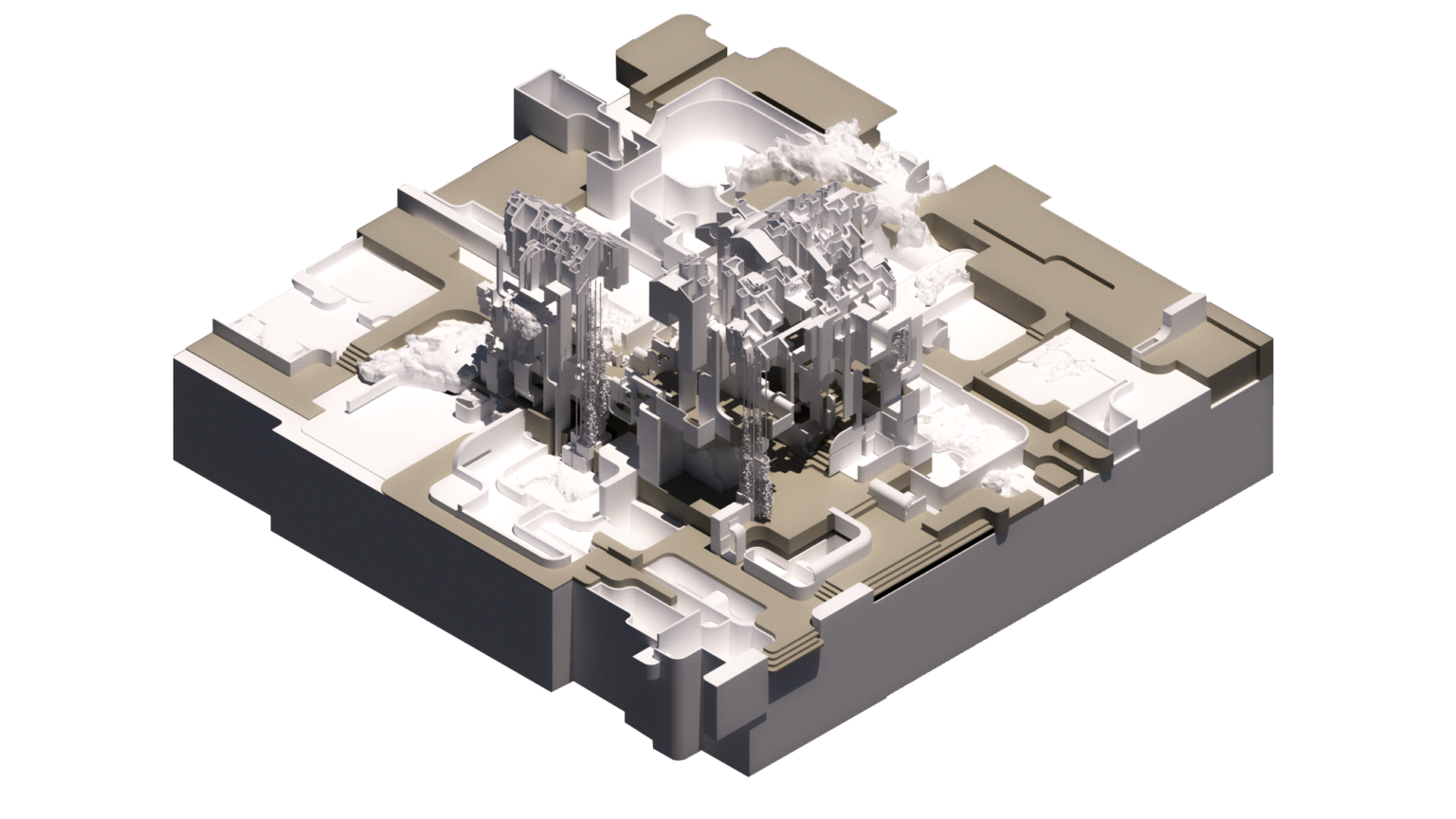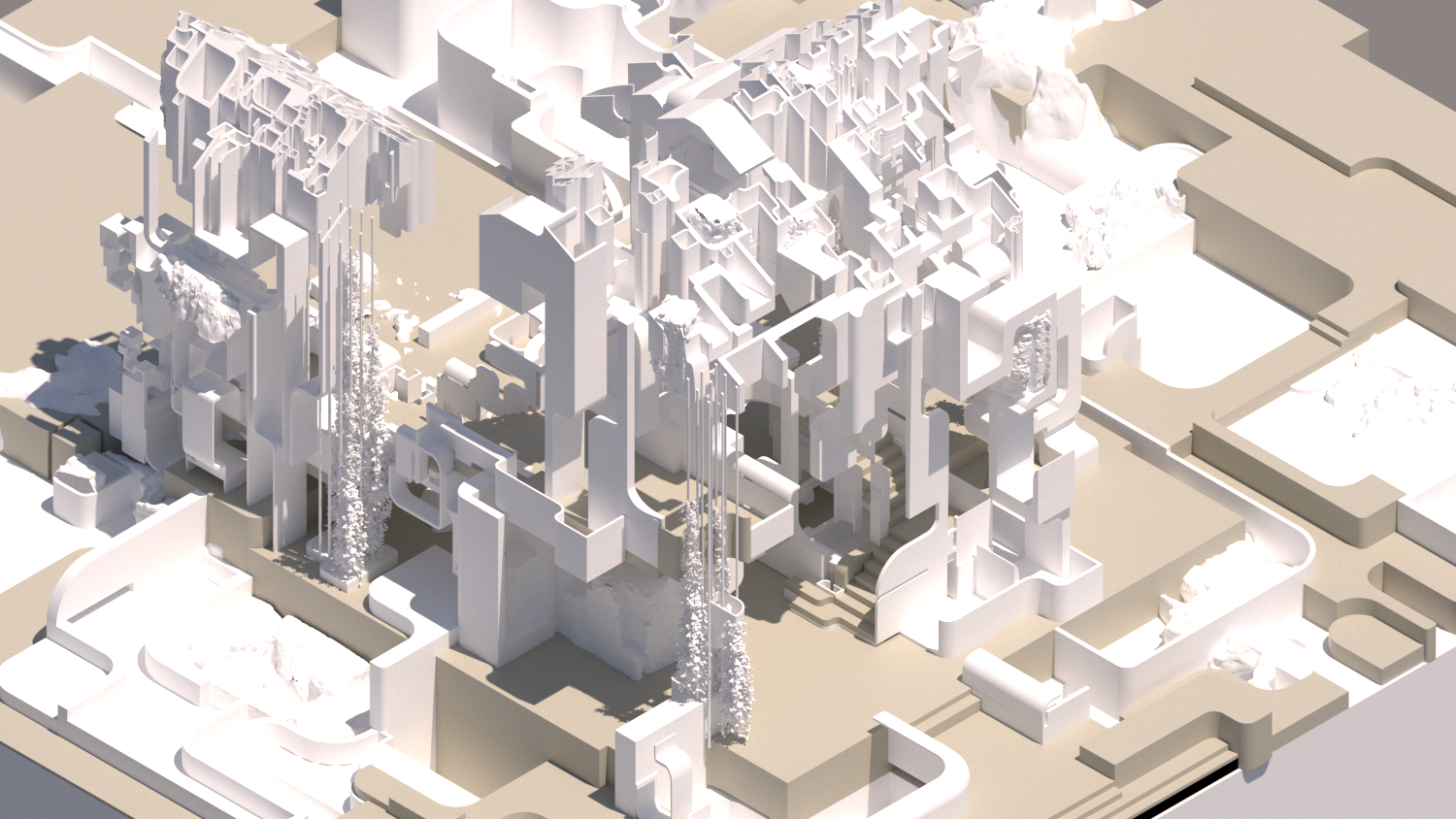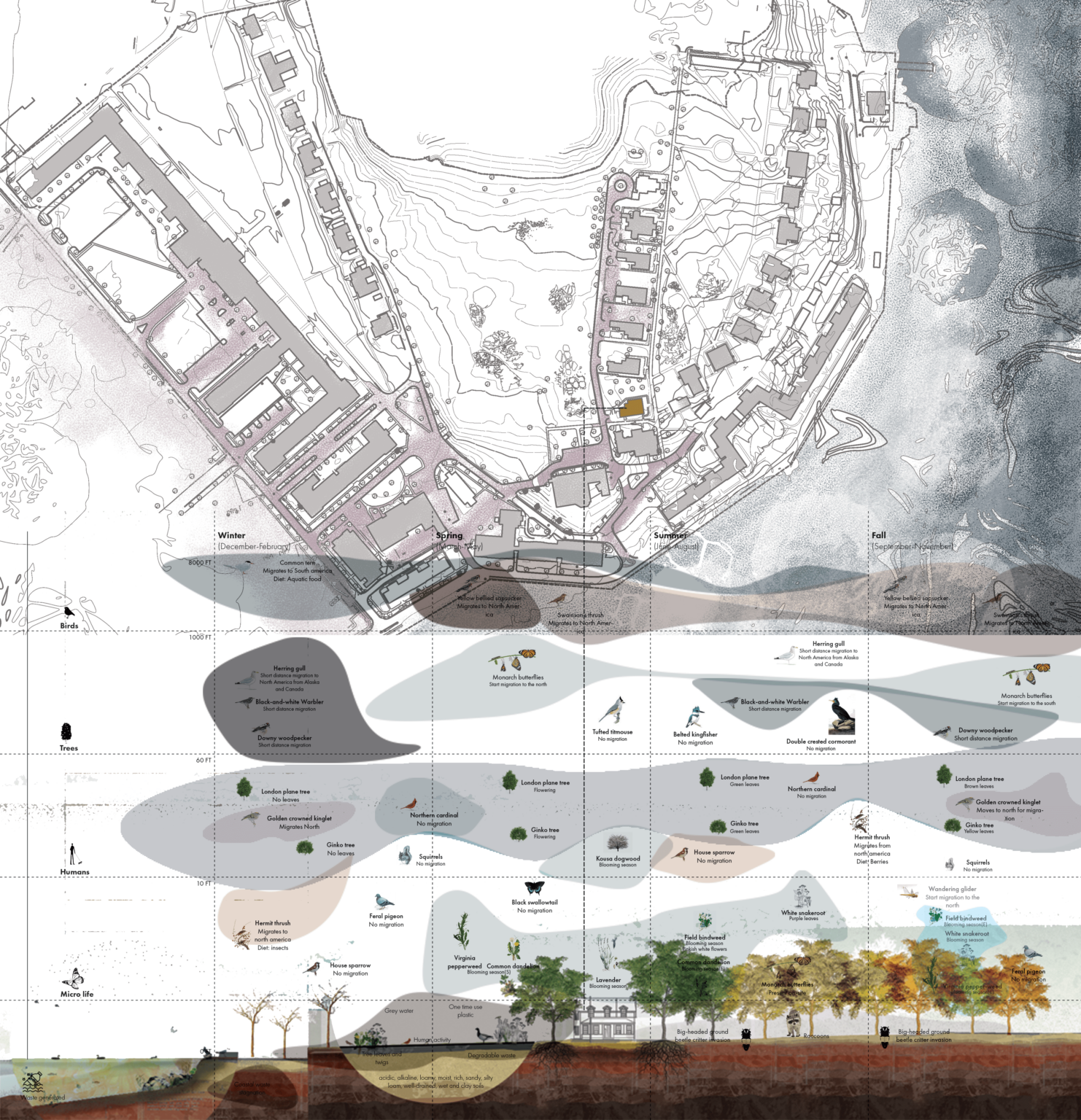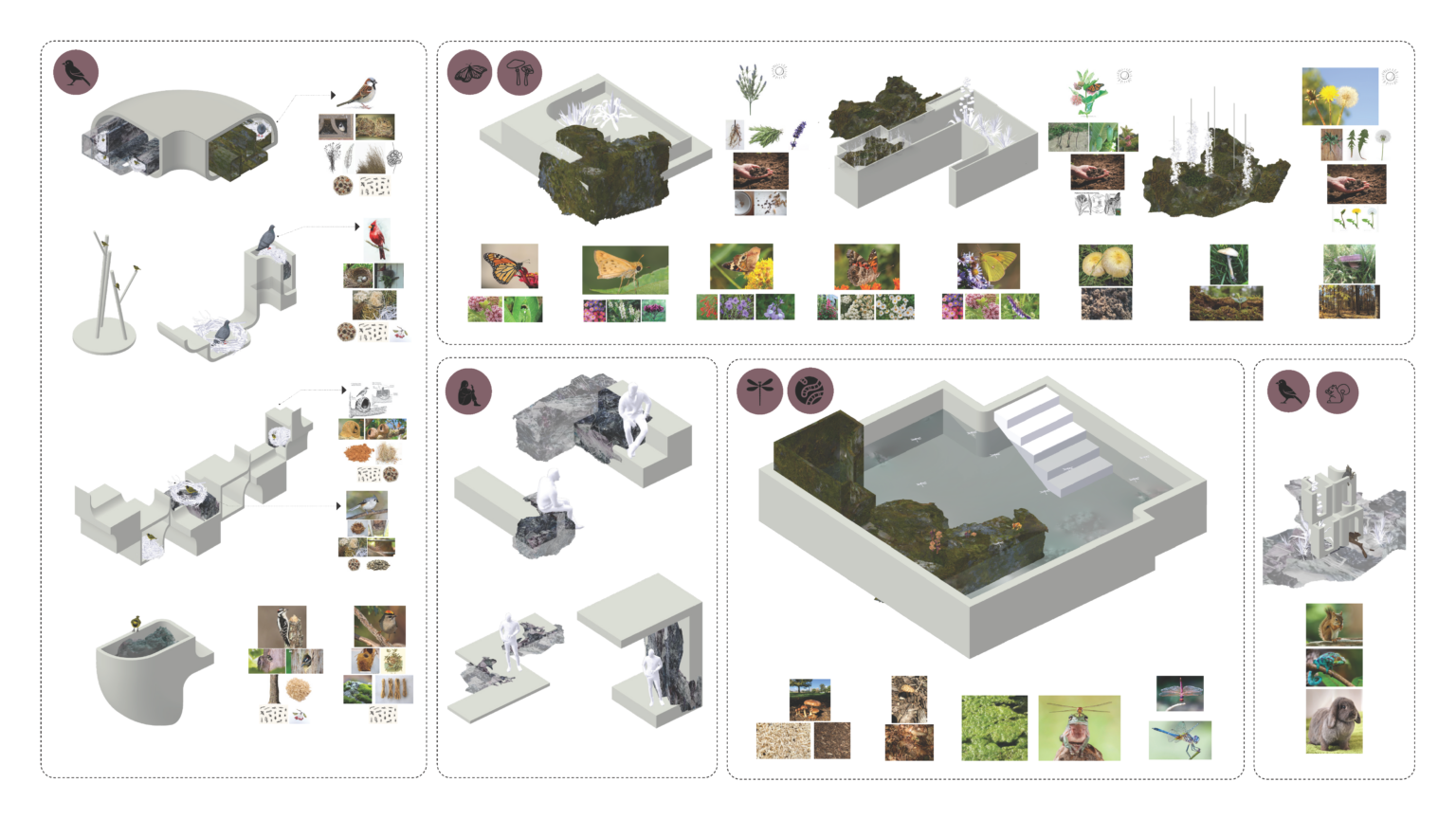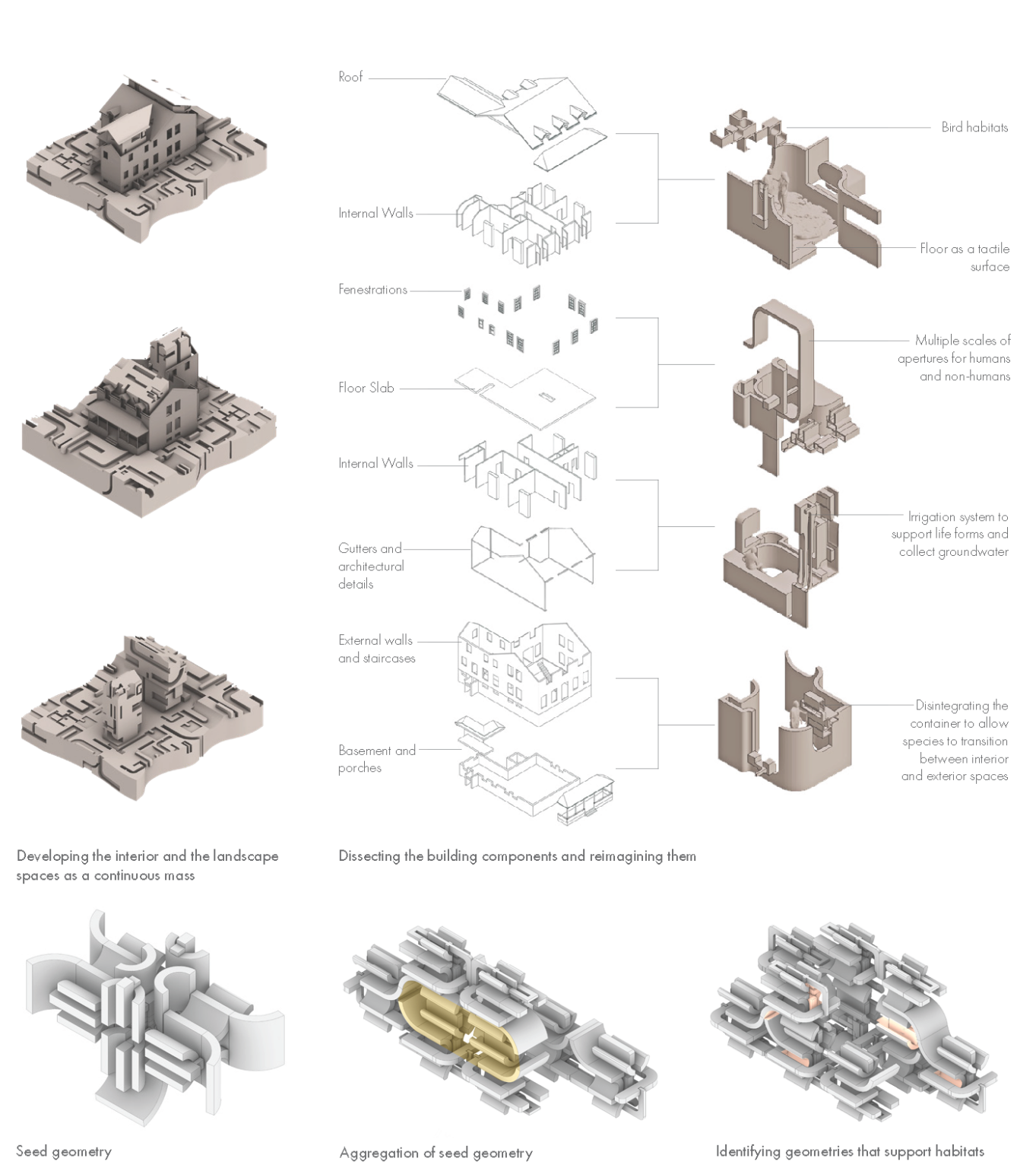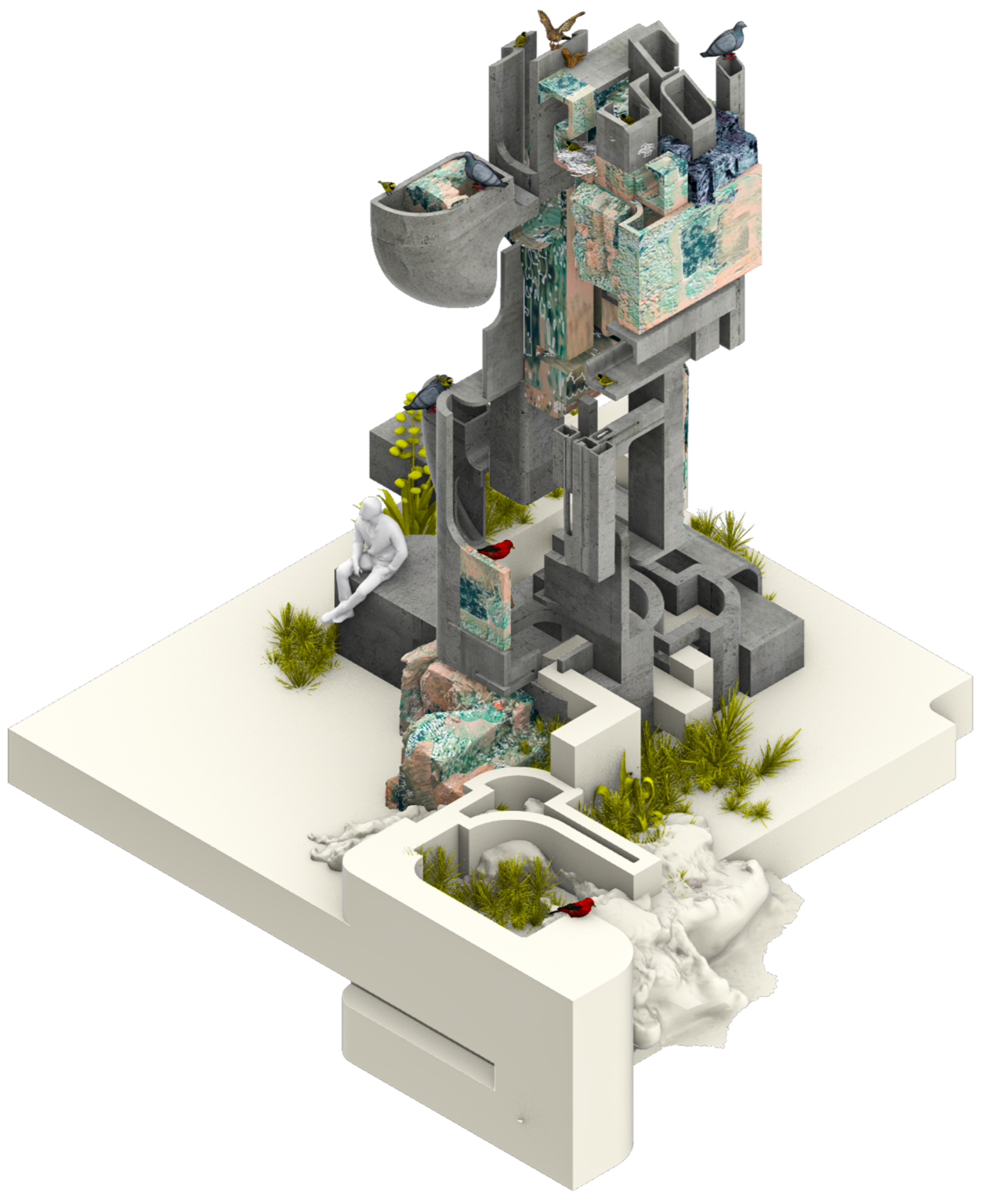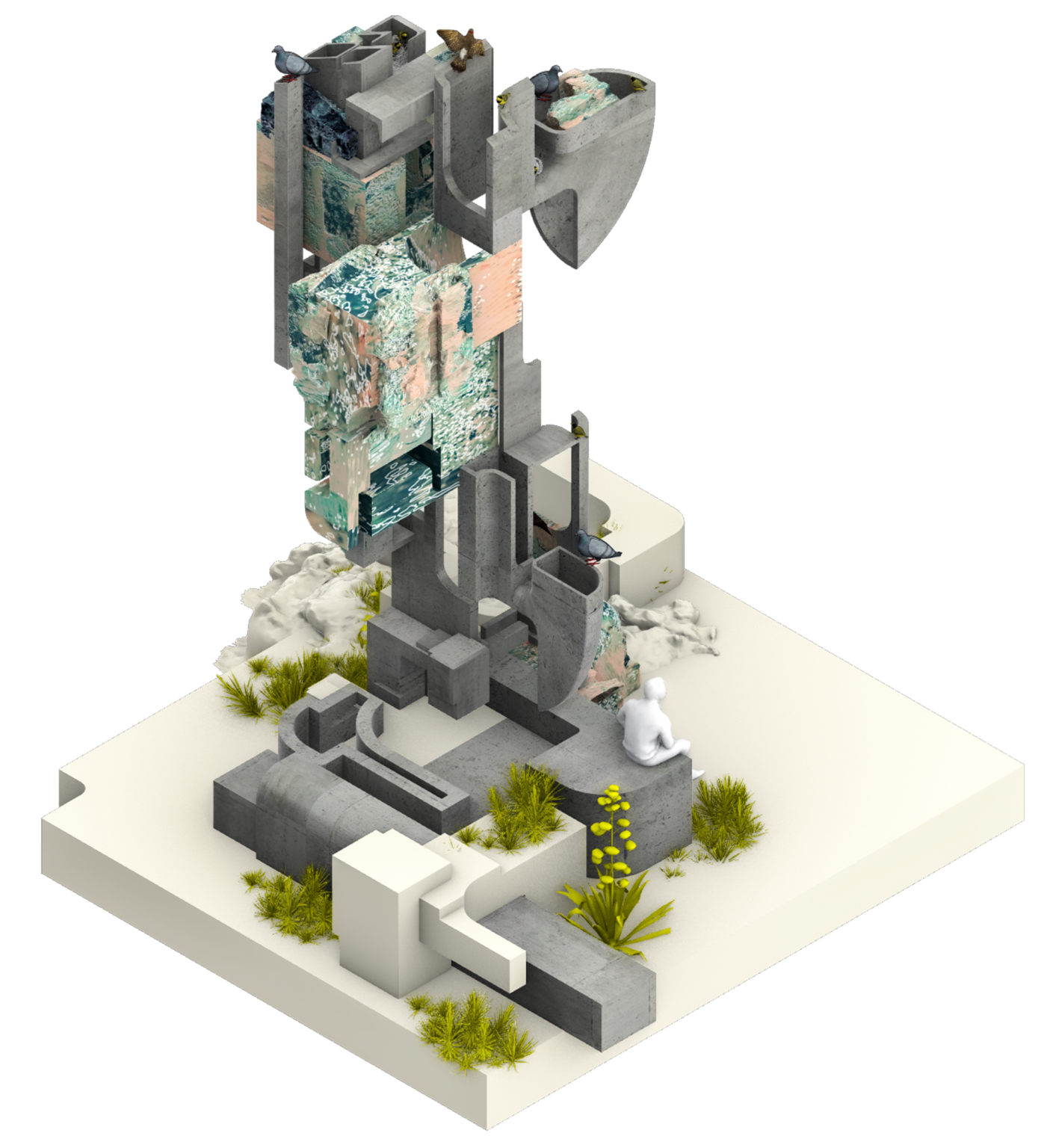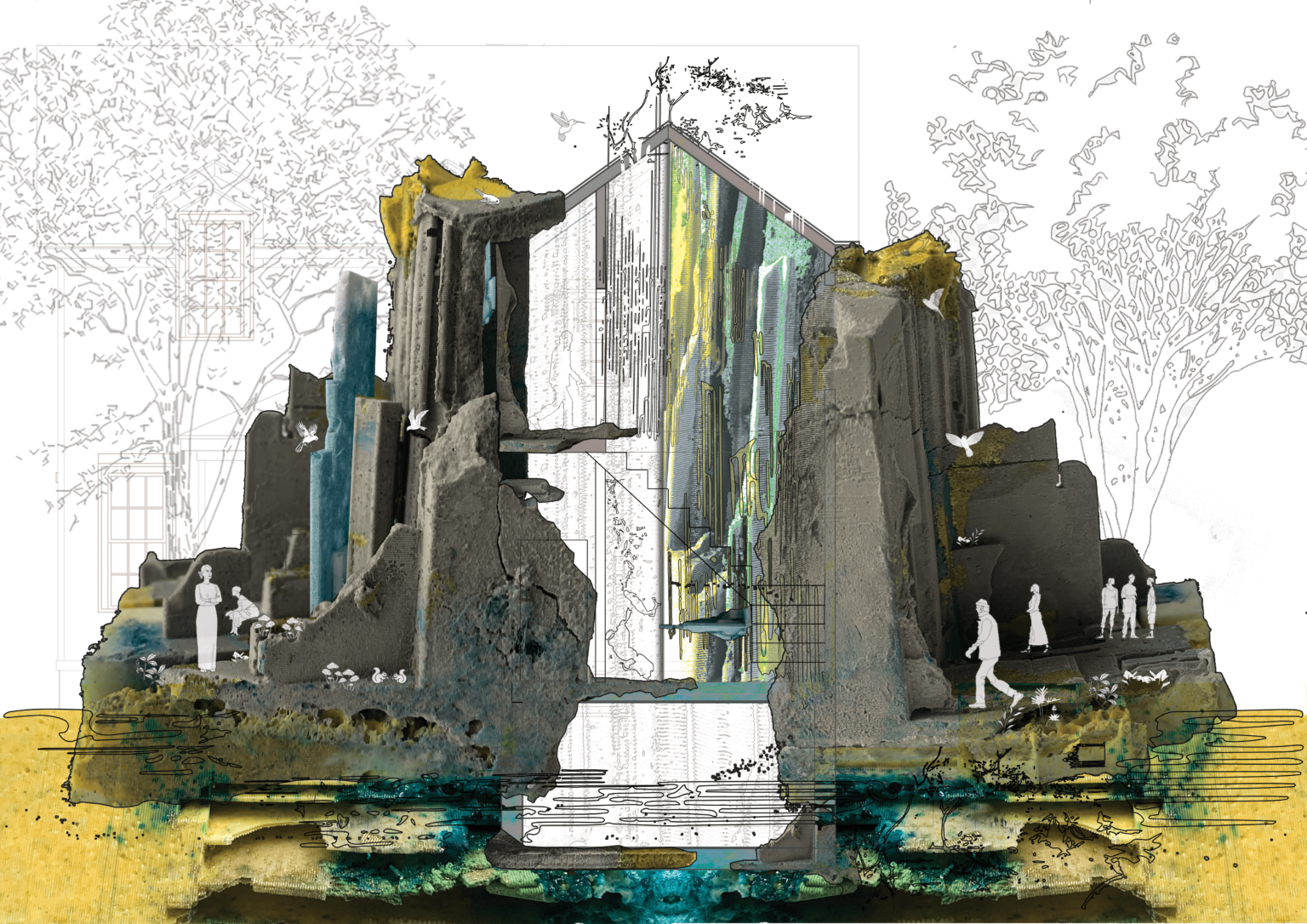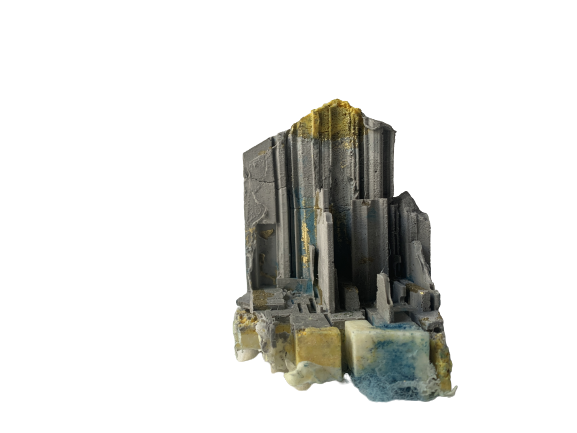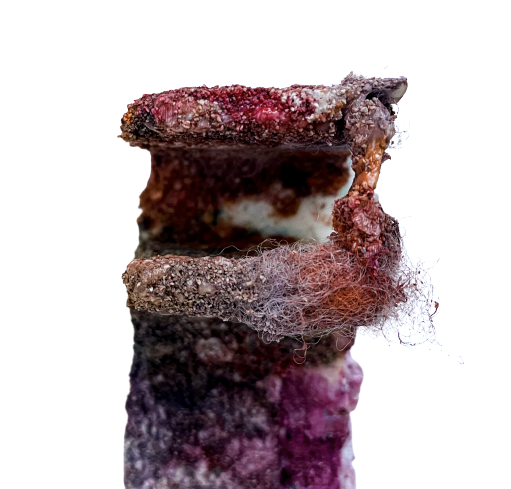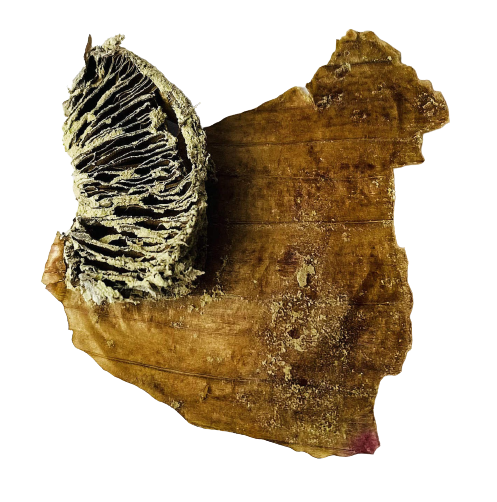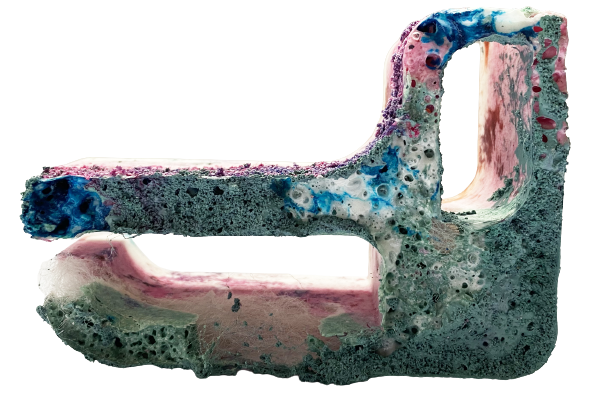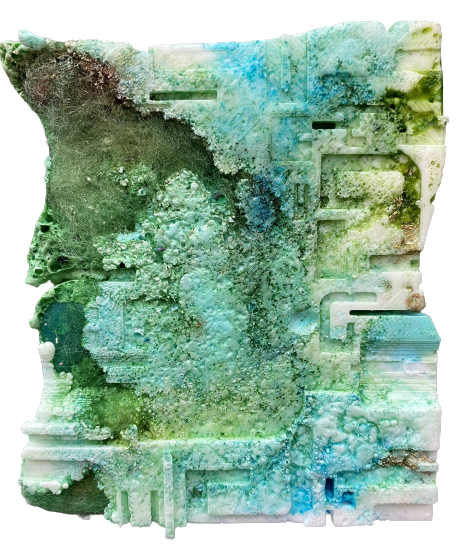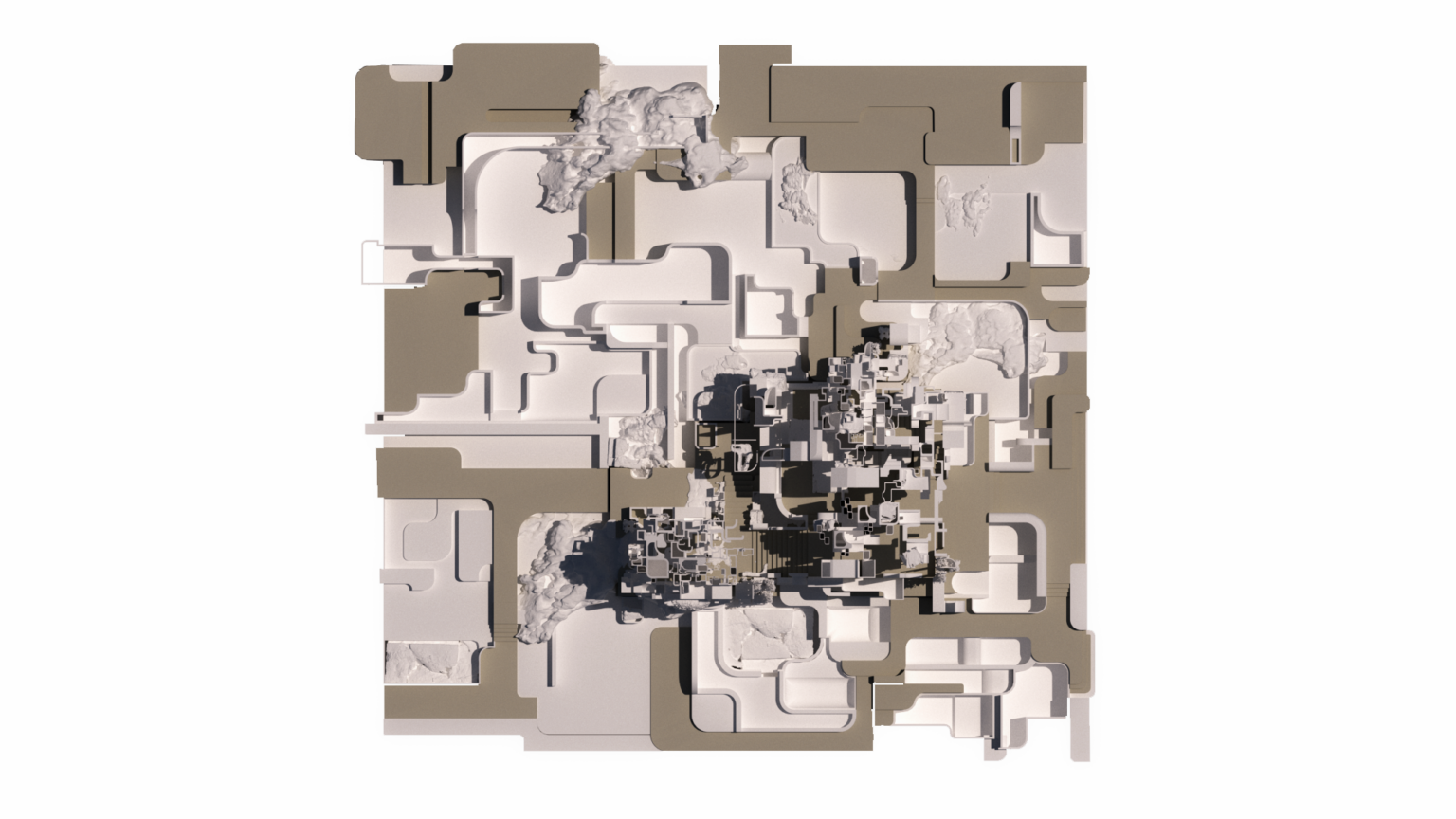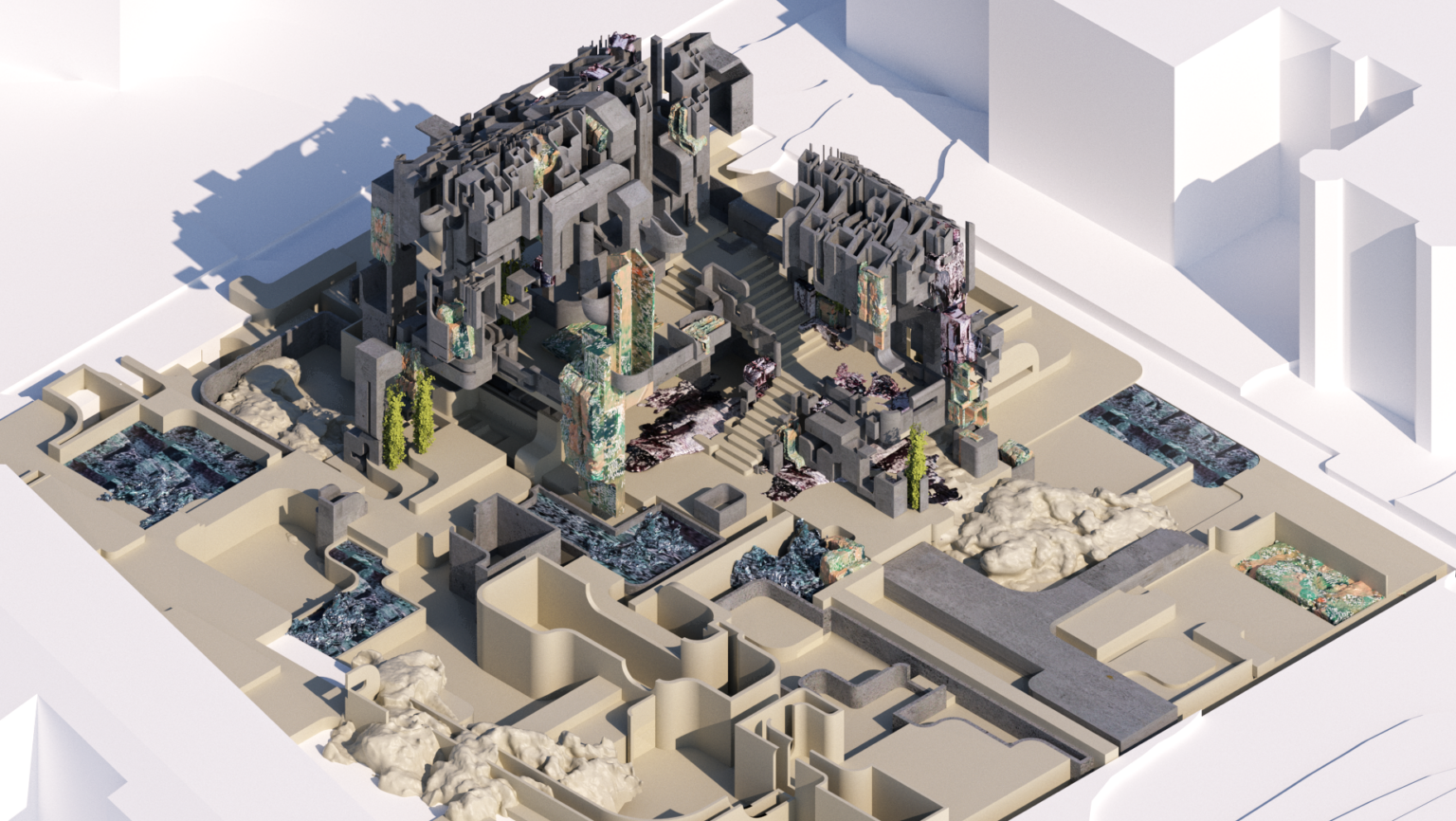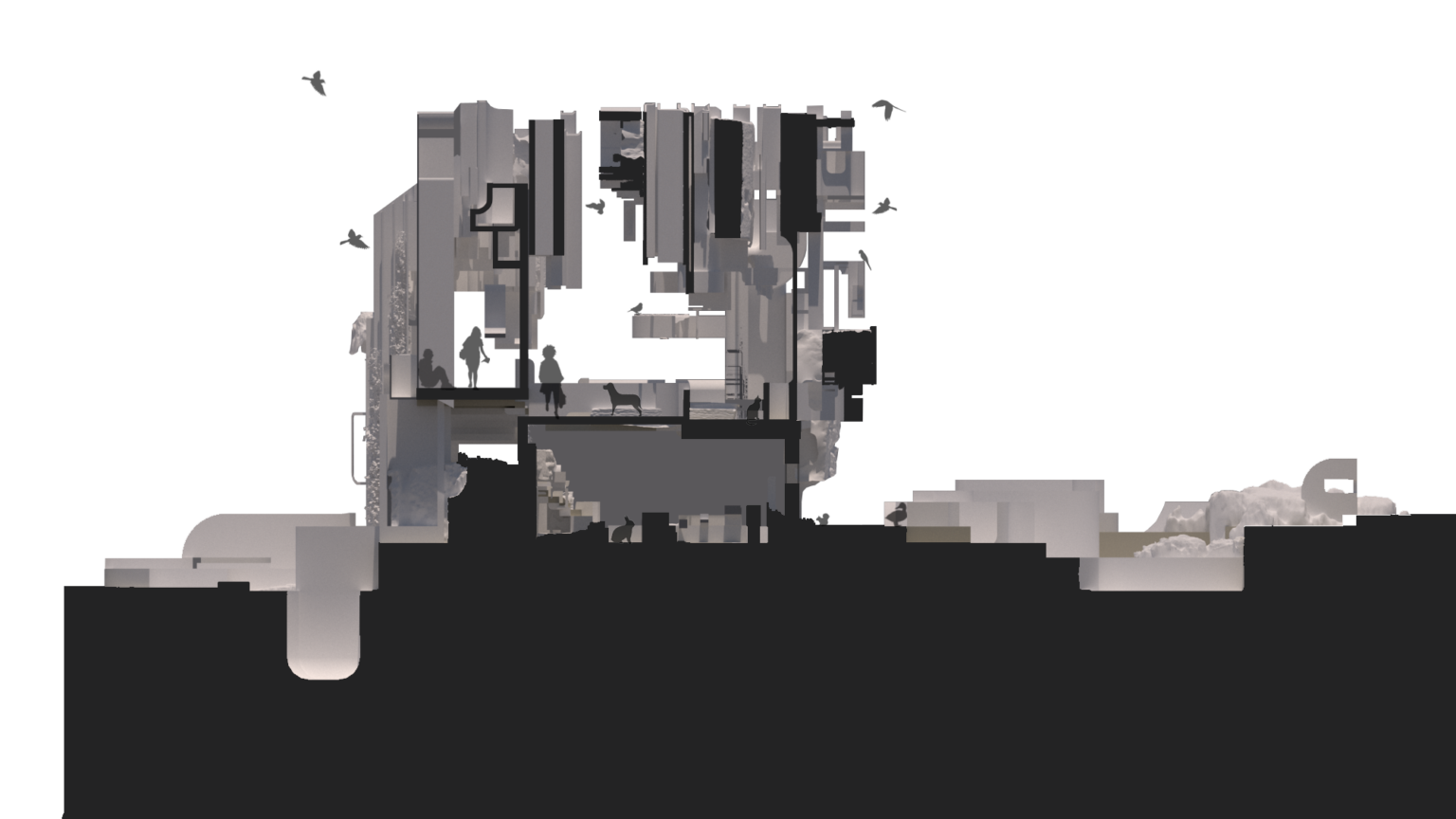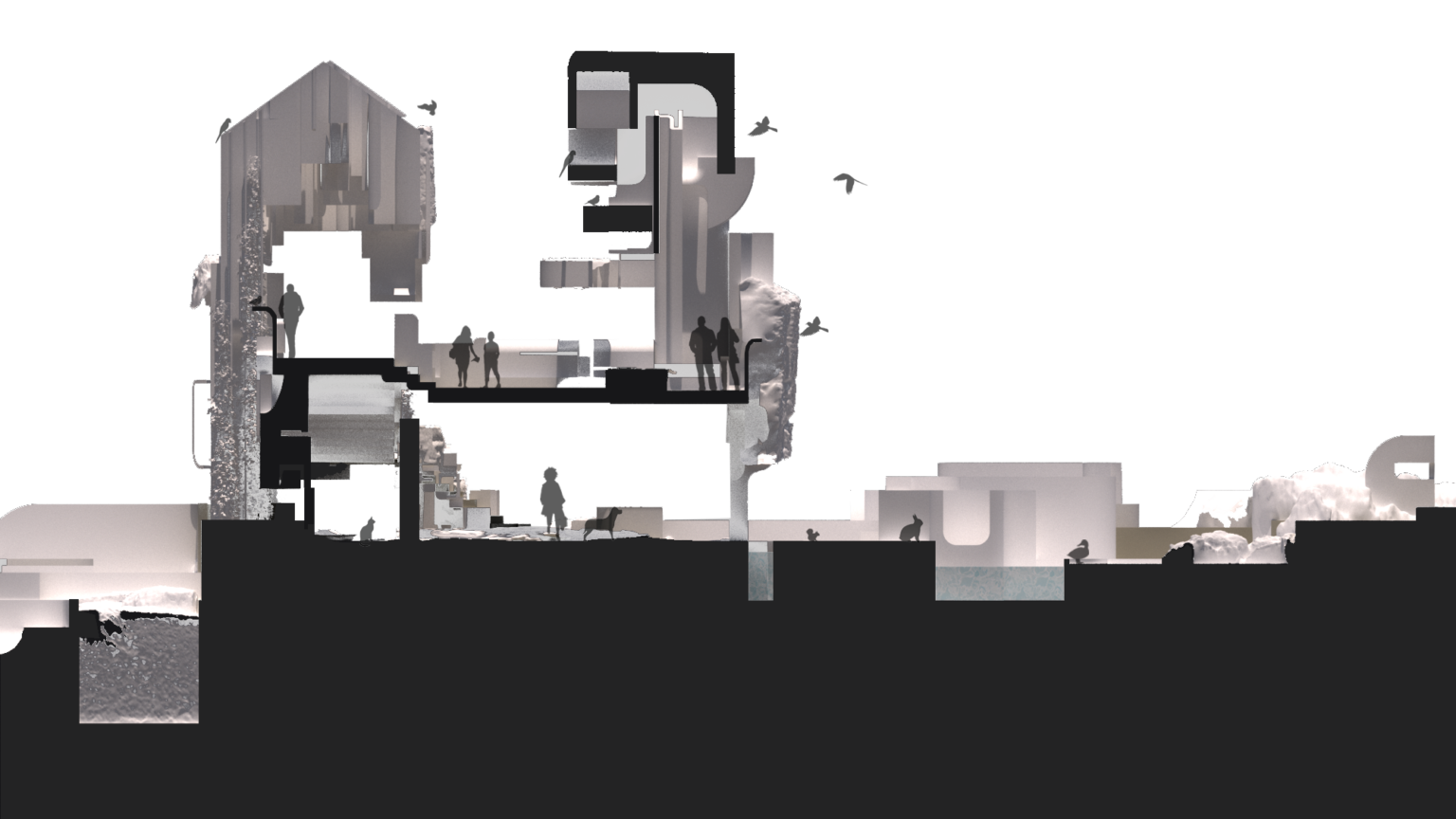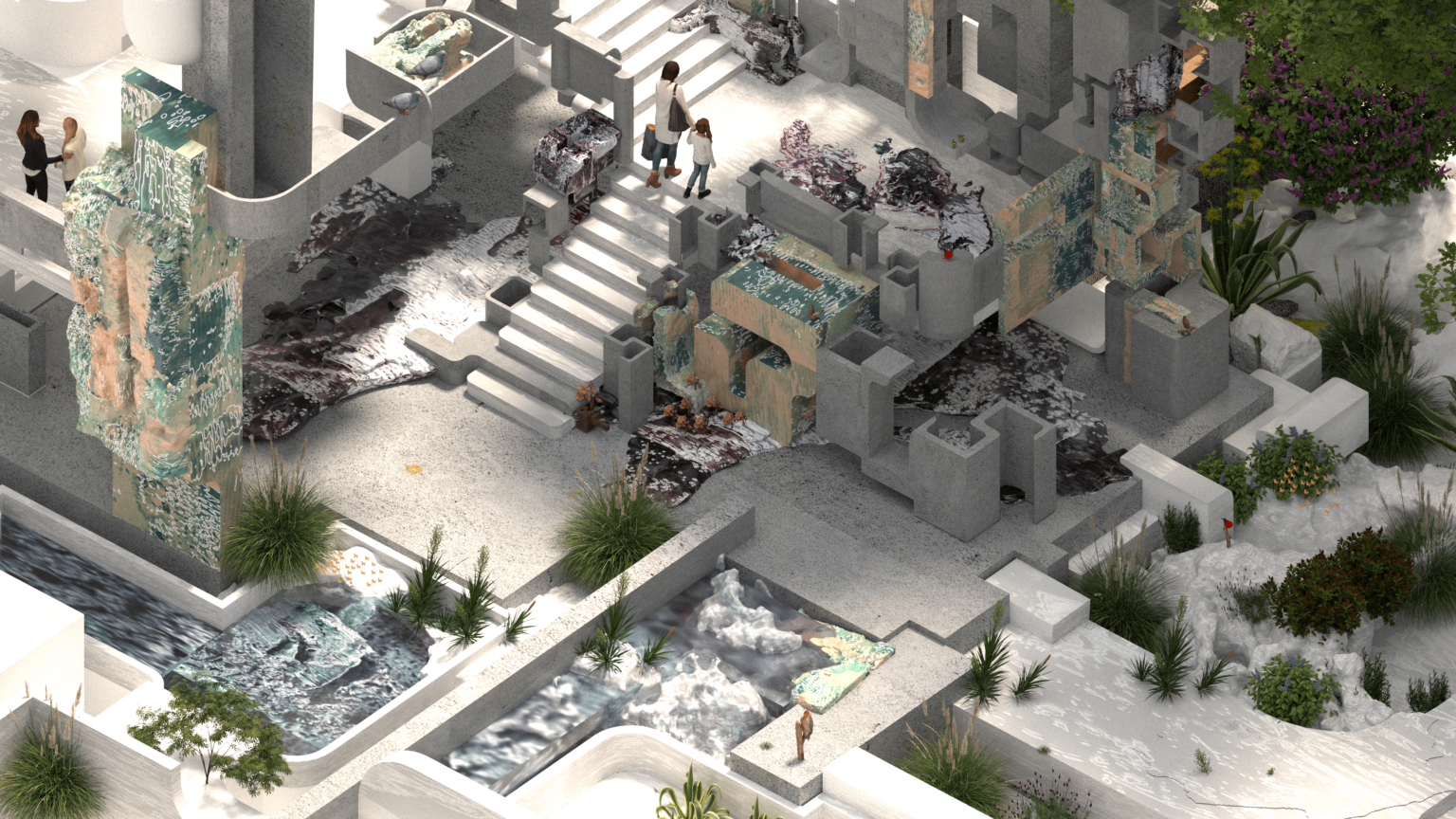Vineeta Mudunuri
Vineeta Mudunuri
I'm an architect from India and a graduate of the MS Architecture program. I had explored the topics of multi-species design, sustainable materiality, and inclusive design as a part of my directed research project at Pratt SoA. I constantly stretch the boundaries of my work and enjoy creating in the space between research and design disciplines.
Artist Statement
Our cities are driven by hostility towards other species - from asphalt and cement that choke habitats to greenhouse gas production and emissions of pollutants in water and air. Amidst a climate crisis, there is an urgent need to rewrite our standards with new materials and textures that aid a symbiotic relationship between humans and nature.
This graduate directed research project aims to spark conversation about the ethics, politics, and aesthetics of coexistence between humans and non-human species in urban environments at a domestic scale. Governors Island serves as a testing ground for cohabitation and cross-species sociability. In the modern world, while non-humans are increasingly viewed as commodities occupying a human space, this project heightens their agency and provokes a shift in thought to viewing other species as clients or collaborators in architecture. This scenario opens up an exploration of spatial and territorial boundaries between humans and non-humans. Thus, moving beyond binary spaces such as interior and exterior, and taking advantage of the various scalar (spatial and lifecycle) requirements of multi-species, an intertwined ecosystem of curated and wild architecture is proposed. Through material experimentation, the project further examines the potential of alternative materials such as bio-foam in architectural design.
This graduate directed research project aims to spark conversation about the ethics, politics, and aesthetics of coexistence between humans and non-human species in urban environments at a domestic scale. Governors Island serves as a testing ground for cohabitation and cross-species sociability. In the modern world, while non-humans are increasingly viewed as commodities occupying a human space, this project heightens their agency and provokes a shift in thought to viewing other species as clients or collaborators in architecture. This scenario opens up an exploration of spatial and territorial boundaries between humans and non-humans. Thus, moving beyond binary spaces such as interior and exterior, and taking advantage of the various scalar (spatial and lifecycle) requirements of multi-species, an intertwined ecosystem of curated and wild architecture is proposed. Through material experimentation, the project further examines the potential of alternative materials such as bio-foam in architectural design.
House of Species : A testing ground for coexistence
MS Directed Research Project
